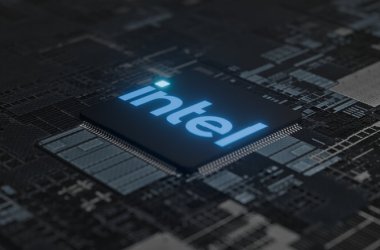 USB 3.0 ports will reach smartphones and tablets by the end of the year or early next year, the USB standards setting organisation said on Sunday.
USB 3.0 ports will reach smartphones and tablets by the end of the year or early next year, the USB standards setting organisation said on Sunday.
Smartphones and tablets will likely get a MicroUSB port based on USB 3.0 technology to fit the small size of the devices, said Rahman Ismail, chief technology officer of the USB Implementers Forum during the Consumer Electronics trade show in Las Vegas.
The ports will enable faster data transfer between mobile devices and host devices such as PCs, some of which already have USB 3.0 ports. The data transfer rates will likely be 100 megabytes per second, or roughly 800 megabits per second (Mbps). Mobile devices currently use the older USB 2.0 technology, which is slower.
“What takes 15 minutes will roughly take 1 minute and 10 seconds,” Ismail said.
However, the USB 3.0 transfer speed on mobile devices is much slower than the raw performance of the USB 3.0 technology on PCs, which can reach 5Gbps (gigabits per second).
But transferring data using the current USB 3.0 technology at such high data rates requires more power, which does not fit the profile of mobile devices.
“It’s not the failure of USB per se, it’s just that in tablets they are not looking to put the biggest, fastest things inside a tablet,” Ismail said.
Smartphones and tablets will also recharge faster through USB 3.0, as the power will flow faster than in USB 2.0, Ismail said.
The USB 3.0 on smartphones and tablets will be backward compatible with USB 2.0 on host devices.
“We’re coming out with new specs, new areas where we will make it very power efficient, power friendly,” Ismail said.
The organisation is also looking to reduce the size of current 3.0 ports as laptops become thinner, Ismail said. The big size of a USB 3.0 port could be a hindrance in its adoption.
“The height of [laptops] is being limited by VGA, and we’re next in line,” Ismail said.
Intel has already said it intends to push USB 3.0 rival Thunderbolt technology to mobile devices. However, many PCs that were introduced recently have both Thunderbolt and USB 3.0 ports, signalling the coexistence of both technologies.





